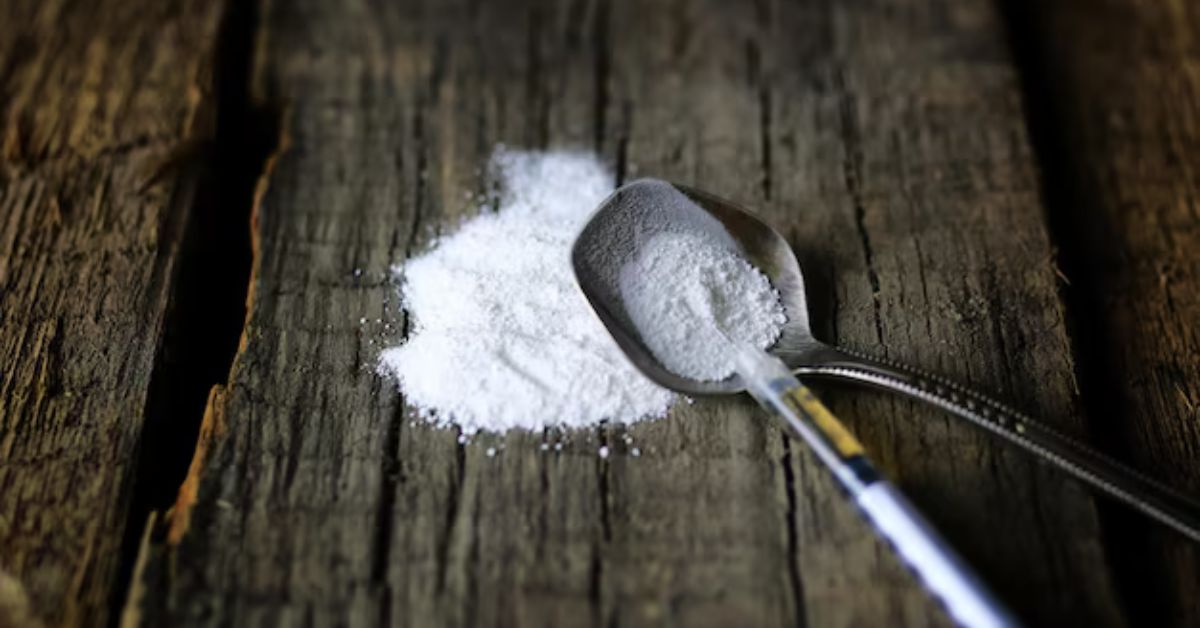Methamphetamine, commonly known as meth, is a powerful and highly addictive stimulant that affects the central nervous system. Understanding what it looks like is crucial for recognizing its presence and addressing the problems associated with its use. This article provides an in-depth examination of meth’s appearance, its various forms, and how to identify it in different contexts.
The Different Forms of Methamphetamine
Methamphetamine can appear in several forms, each with distinct physical characteristics. The form in which it is encountered can often provide clues about its purity and how it is used.
- Crystal Meth: This is the most recognizable form of meth. Crystal meth looks like clear, bluish, or white crystals, resembling shards of glass or rock candy. It is often sold in its crystalline form, which is highly potent and typically smoked or injected. The crystalline appearance is due to the chemical structure of methamphetamine, which forms crystals when purified.
- Powder Meth: Another common form is methamphetamine in powder form. This version is usually white or off-white and has a fine, crystalline texture. Powder meth can be snorted or dissolved in water and injected. The color of the powder can vary slightly depending on impurities and the method of synthesis.
- Meth Pills: Methamphetamine can also be found in pill form, which can be mistaken for other types of tablets or prescription medication. These pills are usually white or off-white and may be imprinted with various letters or numbers. The pill form is less common but still notable as it represents a different method of ingestion.
- Crank Meth: Crank is a less refined form of methamphetamine, often appearing as a chunky, granular substance. It is typically brown or beige and has a more inconsistent texture compared to crystal meth. This form is usually less potent and is often smuggled in bulk.
Visual and Physical Characteristics
The visual and physical characteristics of it can vary based on its form and purity. Recognizing these characteristics can help in identifying the substance.
- Color and Texture: Crystal meth is usually transparent or slightly blue-tinted, with a glassy or crystalline texture. Powder meth is typically white or off-white and has a fine, powdery texture. Meth pills are usually solid and may have varying colors and imprints. Crank tends to be brown or beige and has a more granular appearance.
- Odor: Methamphetamine has a strong, chemical smell, which can be detected in its raw form or when it is being manufactured. The odor is often described as similar to ammonia or cat urine. This scent can be a clue to the presence of meth, especially in environments where it is being used or produced.
- Packaging: Meth is often packaged in small, plastic bags or glass vials, especially in its crystal or powder forms. These packages may be transparent or labeled with various symbols or names. Pills might be found in blister packs or plastic bags. The packaging can sometimes provide additional clues about the meth’s origin or intended use.
Methods of Use and Their Impact
The method of use can affect the appearance of it and how it is handled or stored. Each method has its own implications for how the substance looks and the effects it produces.
- Smoking: Crystal meth is often smoked using glass pipes or other paraphernalia. When smoked, the crystal form of it quickly vaporizes, leaving behind residue in the pipe that can sometimes be visible as a dark, sticky substance. The smoke itself can have a strong chemical odor.
- Snorting: Powder meth is commonly snorted, which involves inhaling it through the nose. The powder may leave a residue in the nasal passages or on surfaces where it is handled. This method of use can also lead to noticeable changes in nasal health and appearance.
- Injecting: Meth in its powder form can be dissolved in a liquid and injected. This method can cause visible signs of injection sites on the body, such as bruising or scarring. The substance used for injection may also leave a residue or discoloration at the injection site.
- Oral Consumption: Meth pills are ingested orally. When consumed in this manner, there may be less visible evidence of use compared to smoking or injecting. However, the physical effects and behavioral changes can still be noticeable.
Identifying in the Environment
Recognizing meth in various environments can be challenging but important for safety and health reasons. Specific signs and indicators can help in identifying the presence of it.
- Unusual Smells: The strong chemical odor associated with meth can sometimes be detected in areas where it is used or manufactured. This smell can be pervasive and may linger in environments where meth has been present.
- Chemical Residue: Meth production involves chemicals that can leave residues on surfaces. These residues might be visible as stains or residues on furniture, floors, or walls in locations where meth is being processed or used.
- Paraphernalia: In areas where it is being used, various paraphernalia may be present. This includes glass pipes, syringes, and other equipment used for smoking, injecting, or preparing it. Recognizing these items can indicate meth use or production.
- Health Symptoms: Individuals who use meth may exhibit physical signs and health symptoms such as skin sores, severe dental problems (often referred to as “meth mouth”), and dramatic weight loss. Observing these symptoms can provide additional clues about meth use.
Conclusion
Understanding what meth looks like is crucial for recognizing its presence and addressing the issues associated with its use. Methamphetamine appears in several forms, including crystal, powder, and pills, each with distinct physical characteristics. Recognizing these forms and their associated paraphernalia can help in identifying meth and understanding its impact.
Meth’s appearance, combined with its strong chemical odor and potential residues, provides important clues for detection. Awareness of these characteristics can assist in identifying it in various contexts, from personal use to environmental contamination. By understanding what it looks like and how it is used, individuals can be better equipped to address and manage the challenges associated with this powerful and dangerous substance.







